Search Images
Browse Content (p. 1323)

Image
Anaximander of Miletus
A marble relief depicting the Greek philosopher Anaximander of Miletus (c 610 - c 546 BCE). Roman copy of a Greek original. (Museo Nazionale Romano, Rome)
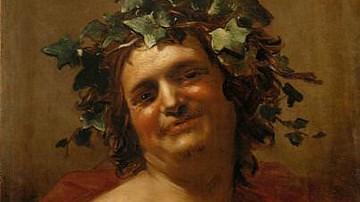
Image
Bacchus by van Dalen
A 17th century CE oil painting by Jan van Dalen depicting the Roman god of wine Bacchus. (Kunsthistorisches Museum, Vienna)
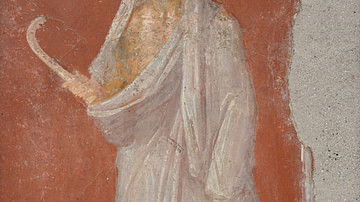
Image
Saturn
Roman agricultural god Saturn, with his head protected by a winter cloak and holding his familiar scythe, fresco from the House of the Dioscuri at Pompeii.
Naples Archaeological Museum.

Image
Sisyphus
A detail from a black-figure amphora depicting the punishment of Sisyphus in Hades as Persephone looks on. 530 BCE. (Staatliche Antikensammlungen, Munich)
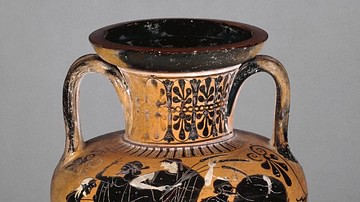
Image
The Punishment of Sisyphus
A black-figure amphora depicting the punishment of Sisyphus - to forever push a large boulder up a hill. The three figures on the left are Hades (seated), Hermes and Persephone. 510-500 BCE. (British Museum, London)
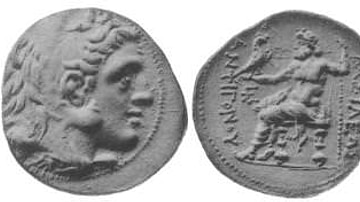
Image
Coin of Antigonus I
A coin of Antigonus I Monophthalmus ("the One-Eyed"), 382 -301 BCE, who was one of the successor kings to Alexander the Great and controlled Macedonia and other parts of Greece. (From 1889 edition of 'Principal Coins of the Ancients')
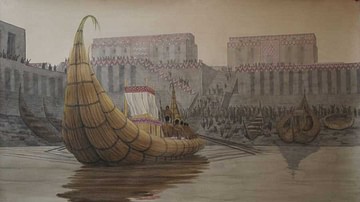
Image
Representation of the Port of Eridu
An illustration representing the port of the Sumerian city of Eridu, founded c. 5000 BCE in modern-day Iraq.
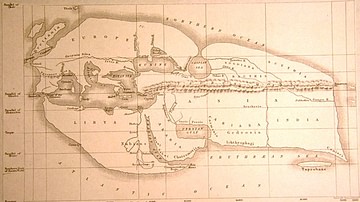
Image
Eratosthenes' Map of the World
A reconstructed map of the known world according to Eratosthenes (276-195 BCE), the Greek Alexandrian scholar from Cyrene. (Bunbury, E.H., 1811-1895, 'A History of Ancient Geography among the Greeks and Romans from the Earliest Ages till...
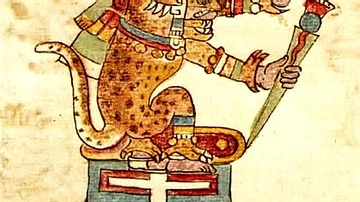
Image
Tezcatlipoca, Codex Rios
An illustration of Tezcatlipoca, one of the most important gods in the Aztec pantheon. Codex Rios, 16th century CE.
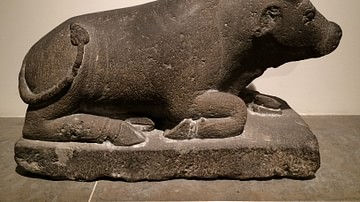
Image
Javanese Nandi Statue
A statue of Nandi. Volcanic stone, perhaps 9th century CE. Java, Indonesia. (Musée Guimet, Paris)